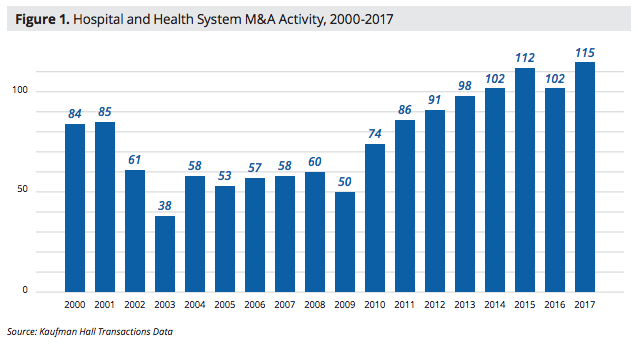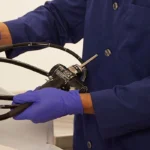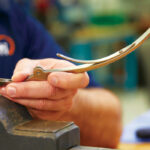As health system M&A activity continues at increasing rates and scale, implementing strategies to ensure a smooth and quick integration becomes ever important to the bottom line.
M&A’s Impact on Hospital Culture
Very few organizations show a more pronounced, entrenched and humane culture than a hospital. A hospital’s staff is made up of people who have chosen a career intent on helping and healing. For many staff members, especially clinicians, it’s not just a job or function — it’s who they are. The established strength and character of each hospital’s culture is evident from the moment you walk into the building. As a result, it’s not surprising that cultural resistance is often met during a merger or acquisition. Or at least accepted slowly. As healthcare M&A continues to surge, facility integration is an issue that is becoming more prevalent.
But it’s not that hospital staff oppose a new system that could provide better care to patients. Instead, it’s that the highly-valued culture created in a hospital is a reflection of the staff. During a merger or an acquisition, hospital staff often feel they are being asked to change who they are. This resistance happens even when two very similar cultures are combined.
Integration – The Key to Success
Hospitals understand that there is no ‘magic bullet’ to speed up cultural integration. Many assume that this issue will resolve itself over time as people create and embrace the new emerging culture. Meanwhile, there can be a direct impact on clinical and economic outcomes. In fact, studies show that one in five hospitals go from positive to negative margins within two years of a deal’s completion, and few mergers improve the quality of care.
But cultural assimilation is only one contributing factor. It joins a host of other change management pitfalls that can disrupt the post-M&A process. It also prevents hospitals from realizing their intended goals.
One overlooked component of cultural integration stems from hospital and department workflows. Effective workflows play a critical role in ensuring:
- Caregivers have the resources they need
- Hospital staff remains focused on high-value work; and
- Open communication exists between key decision-makers
Hospital executives and analysts rank process integrations as a vital step in a successful merger or acquisition. But bringing together distinct operational procedures can expose and widen the gaps that exist between departments and facilities. The resulting disconnects can overburden staff, delay patient care and harm HCAHPS scores. And the expected savings and efficiency gains are also slowed.
Some hospitals are addressing their integration challenges by focusing on ‘quick-wins’ in areas that are often overlooked as non-core processes. In working with hospitals as they’ve gone through the M&A process, we’ve noticed these strategies not only help to streamline operations, but they can deliver greater value during the M&A process and improve staff satisfaction.
Click here to access the report and learn three ways Equipment Value Management drives M&A success.
Visit our Resource Center to discover more. Or learn more about our full line of Medical Equipment Services.











